The second part of a series that asks who built Mumbai, finds that the East Indians, one the oldest inhabitants of Mumbai, are confused with Goans and so often overlooked
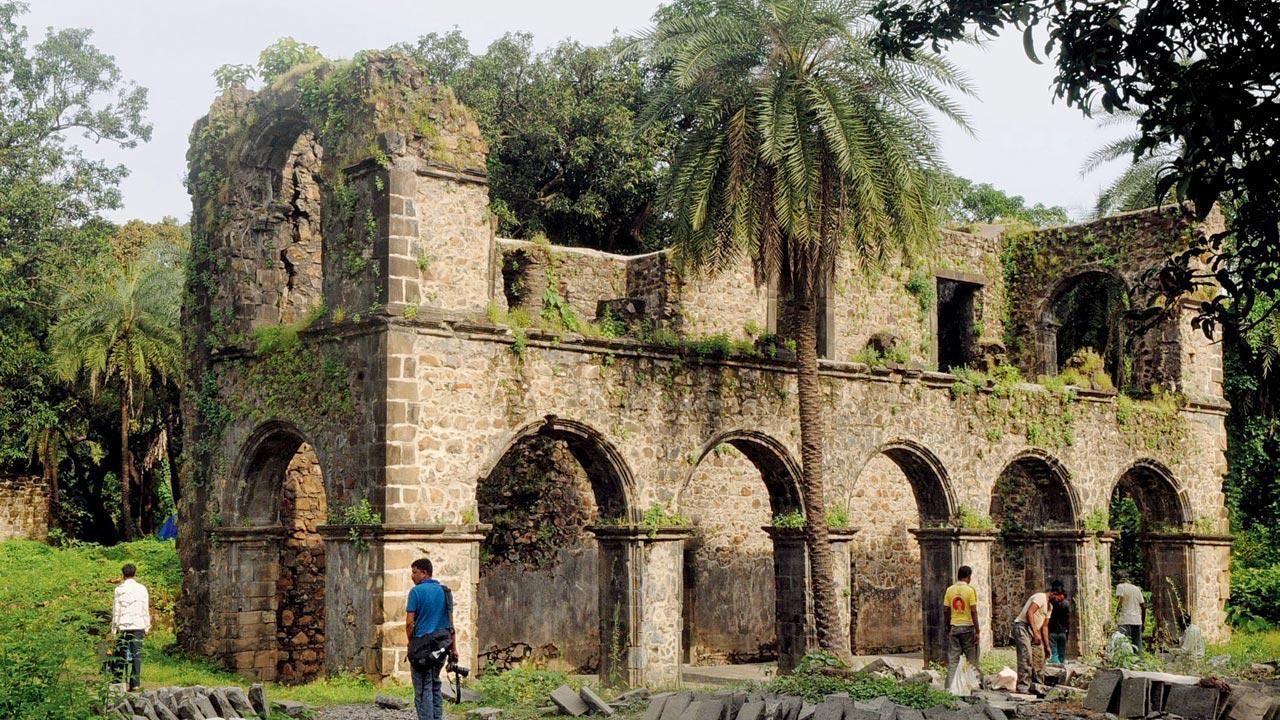
Bassein (Vasai) coast was first visited by the Portuguese in 1509. More interested in defending harbours than developing cities, they built a number of forts, such as the Vasai one (right). Pic/Nimesh Dave
Mumbai wouldn’t have the vada pav if the Portuguese had not come to Bombay,” chortles conservation architect Abha Narain Lambah. “They brought the potatoes, the chillies and taught us how to make pao!”
ADVERTISEMENT
The Portuguese first landed in Mumbai in 1508 in the form of explorer Francisco de Almeida, who was on his way to Diu. On January 21, they captured a barge of the Gujarat Sultanate in Mahim creek, and began trading in textiles and spices, taking them all over the world.
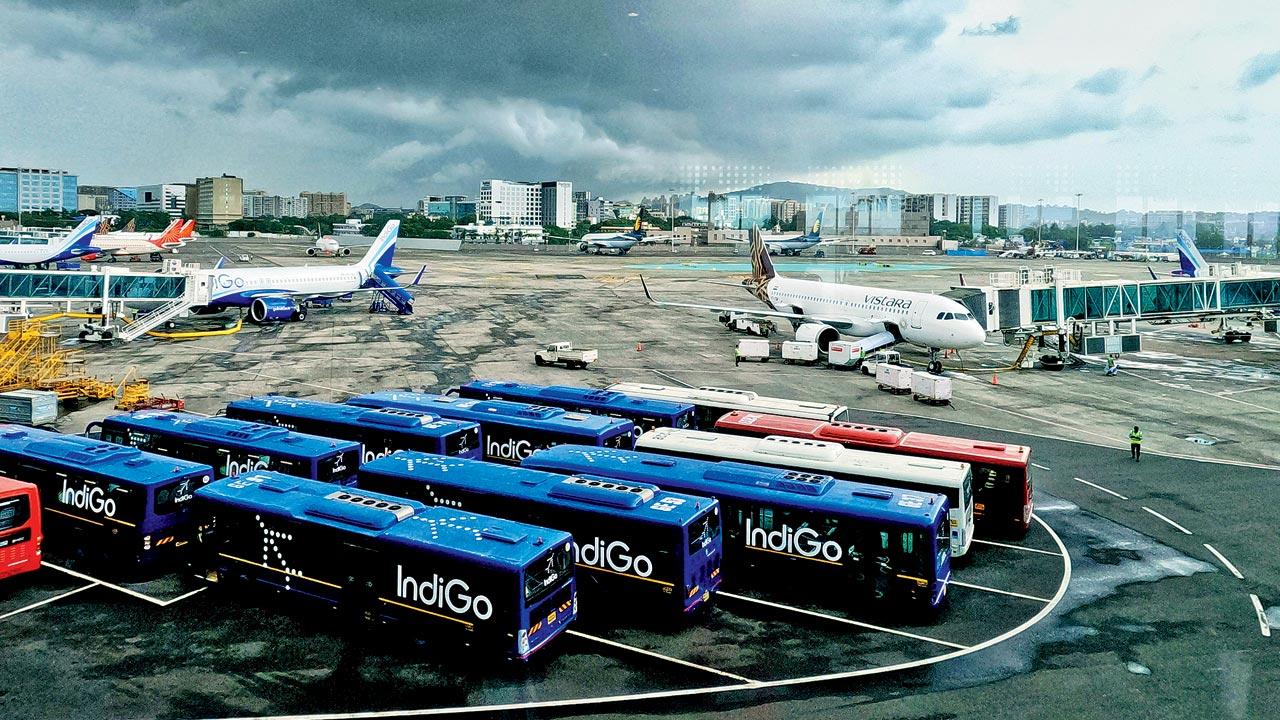 Pic/Getty Images
Pic/Getty Images
Mumbai’s first colonisers are mostly remembered for their zeal for conversion to Catholicism, but the greatest influence the Portuguese had on the seven islands is on our plates. “Staples of the Indian vegetarian diet come from the fruits and vegetables brought from South America by the Portuguese,” says Fleur D’Souza, former head of the History department at St Xavier’s College, and lists them out: Potato (it’s name in the north Konkan region, batata, is also a Portuguese term), sweet potato, tomato, corn, pumpkin, brinjal, chikoo, cashew nut, chilli, papaya, passion fruit, pineapple, guava and even avocado. “Not to forget hybrid mangoes: Alphonso [hapoos] and Periera [pairi],” she adds. “The Portuguese opened up the industrial and agricultural produce of the north Konkan region to its other territories—such as Goa—and to the world. Famed Indian textiles and carved wood furniture, among other items, found their way to world markets. Somehow in popular history, they are just remembered for their conversion policy.”
About that…
Though it’s commonly believed that the East Indians were converted to Catholicism by the invading Portuguese, visual artist Romel Dias’s family believe the shift in allegiance happened much earlier, at the hands of Apostle Bartholomew. The Kalyan region is said to have received the attention of his missionary zeal in the second century.
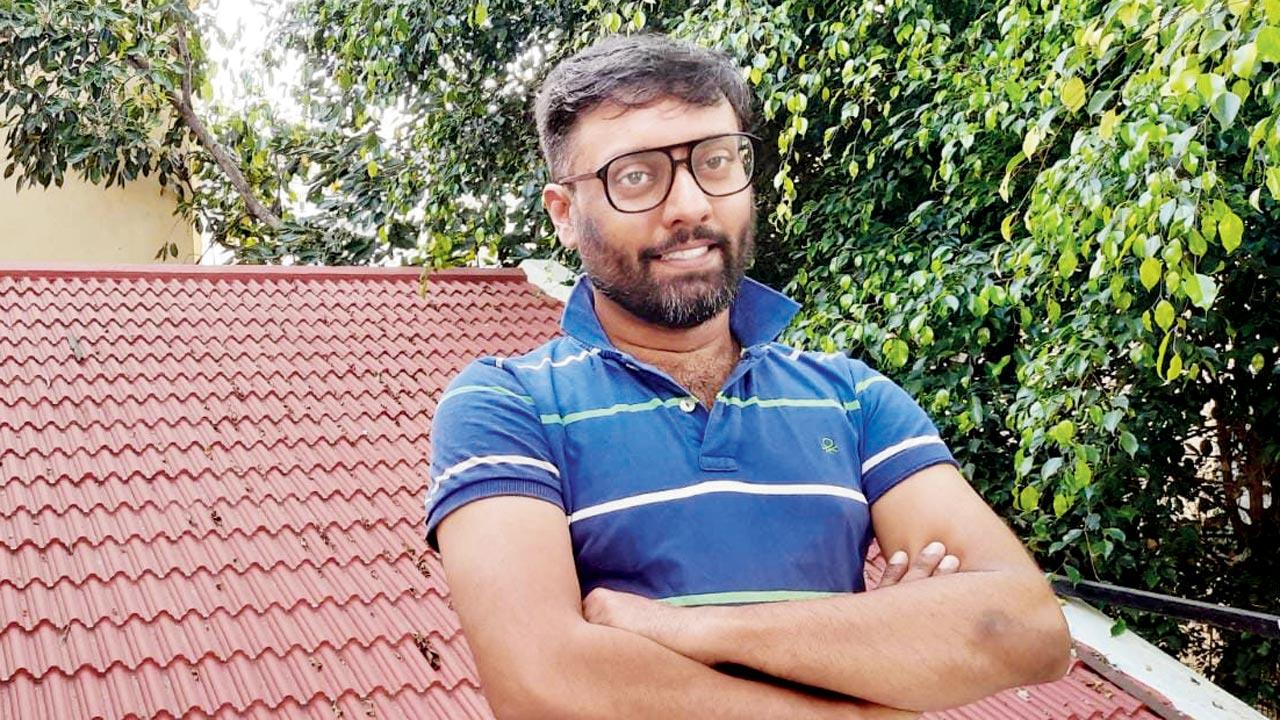 Romel Dias, visual artist
Romel Dias, visual artist
Either way, the missionaries nurtured the idea of a community, offered medical and educational facilities, and lower caste Hindus, upon conversion, felt welcomed and valued.
Clusters of East Indians were settled in what was Salsette island (Bandra to Bhayandar, Kurla to Thane) and Bassein (Vasai), which had a harbour. “Thana [now Thane] was a weaving centre for silk,” says Dias, whose maternal ancestors traded the fabric.
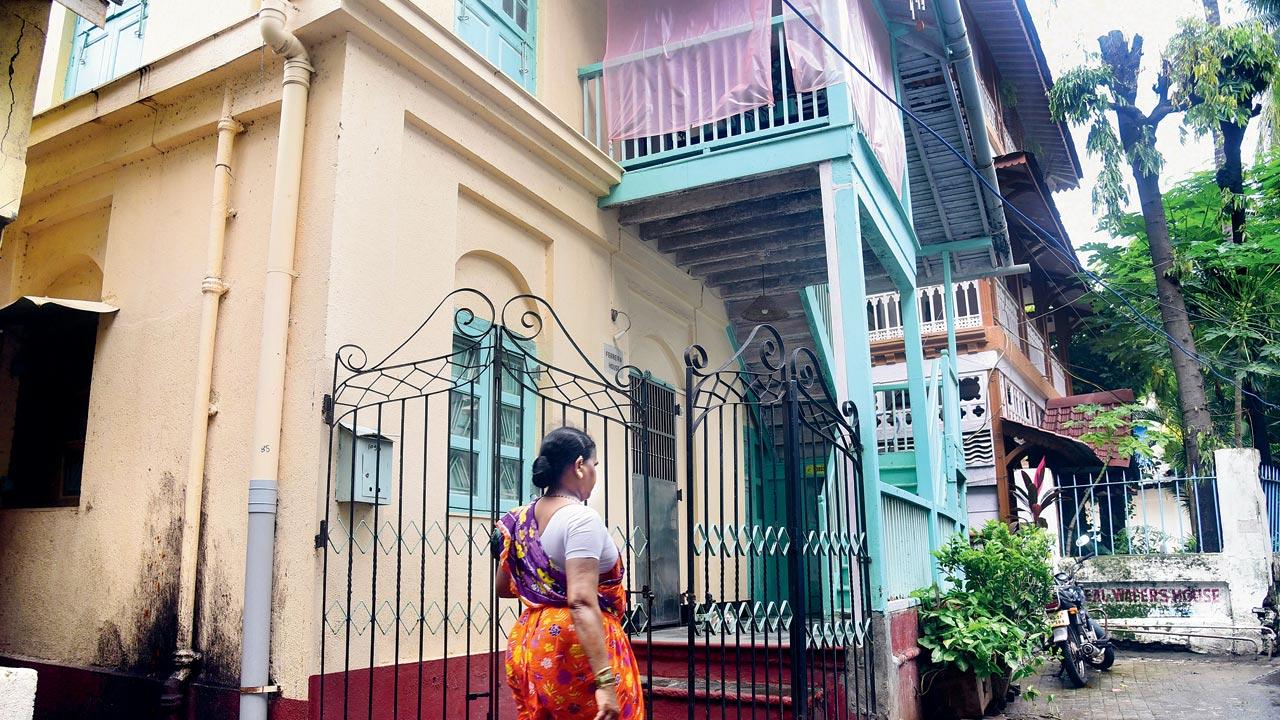 Khotachiwadi champion, fashion designer James Ferreira, rues that there is no governmental incentive to preserve the heritage village. Pic/Shadab Khan
Khotachiwadi champion, fashion designer James Ferreira, rues that there is no governmental incentive to preserve the heritage village. Pic/Shadab Khan
The origins of the name, East Indian, also have different explanations. The most commonly accepted one is as historian Andre Baptista, says: “The converted natives of north Konkan had an edge when the islands were gifted to the British. The English found a population already familiar with the Roman alphabet and their dietary preferences—meat and alcohol. Many were employed in civil service and in the Railways. When industrialisation began and Christians from other parts of India, such as Goa and Mangalore, began coming to Mumbai for employment, the community felt a need to distinguish themselves, especially since the last names were common. So, they took on the name East Indians.” Fleur pins the date of christening of the community to 1887.
“One of my ancestors took on English rituals such as tea-time and luncheon, and bought only the English brand of butter as a way of showing allegiance to his employers,” says Dias, whose ancestral villages are in Kalina and Thane. “He joined the Railways as a runner at 13 years of age. His seniors recognised his intelligence and sent him to the architecture school in [then] Madras. He came back as a draftsman, which was very prestigious.”
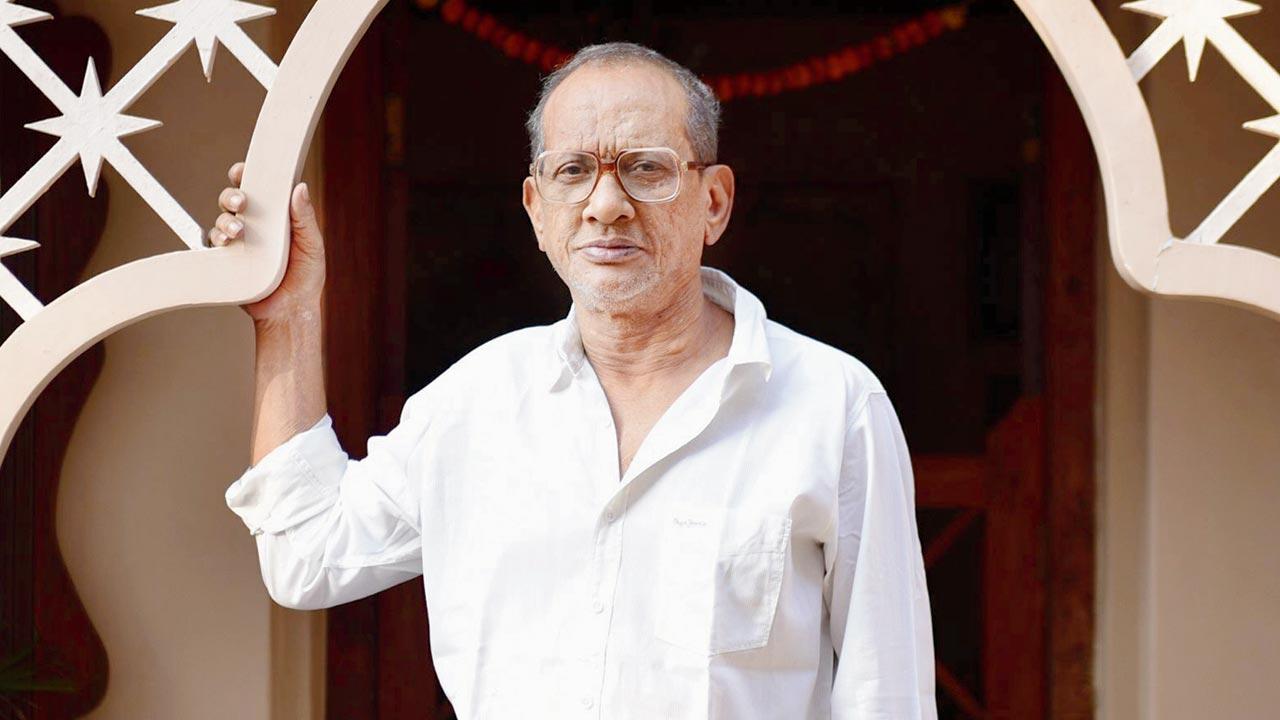 Pic/Bipin Kokate
Pic/Bipin Kokate
“Only the urbanised and anglicised ones call themselves East Indians,” says fashion designer James Ferreira, “In the gaothans, people prefer the community identity: Sonar, bhandari, kunbi, agri, and vadval…”
Accompanying the Portuguese were Jesuits and Franciscans, and schools were generally attached to churches, much like temple schools and madrasas. “Jesuits ran elementary schools in Bacaim [Vasai], Thane and Bandra,” says Fleur, whose focus of study has been the history of Thane and the maritime history of north Konkan. “Higher education during the Portuguese era was for ecclesiastical studies—elementary mathematics, logic, and languages were the only non-religious subjects.”
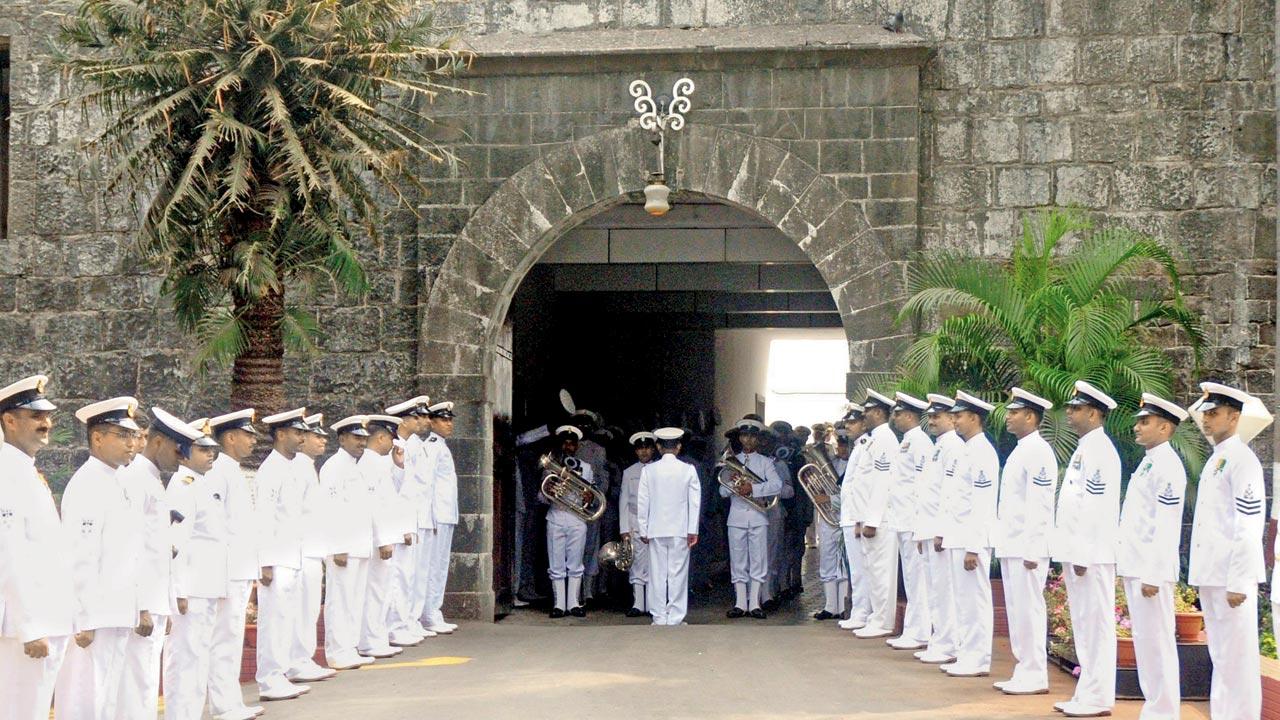 INS Angre is a prime example of Portuguese architecture, with men in traditional hats and pantaloons flanking the doorway, and a sundial inside. Pic/Bipin Kokate
INS Angre is a prime example of Portuguese architecture, with men in traditional hats and pantaloons flanking the doorway, and a sundial inside. Pic/Bipin Kokate
The Portuguese married north Kokanis prolifically. Ferriera and Fleur share an ancestor who came from Portugal, and Dias’s maternal family, the Azevedos, also sailed to India for trade.
Their language melded to form a kind of Indo-Portuguese Creole—bits of Marathi, Kokani and Portuguese—still spoken today in gaothans.
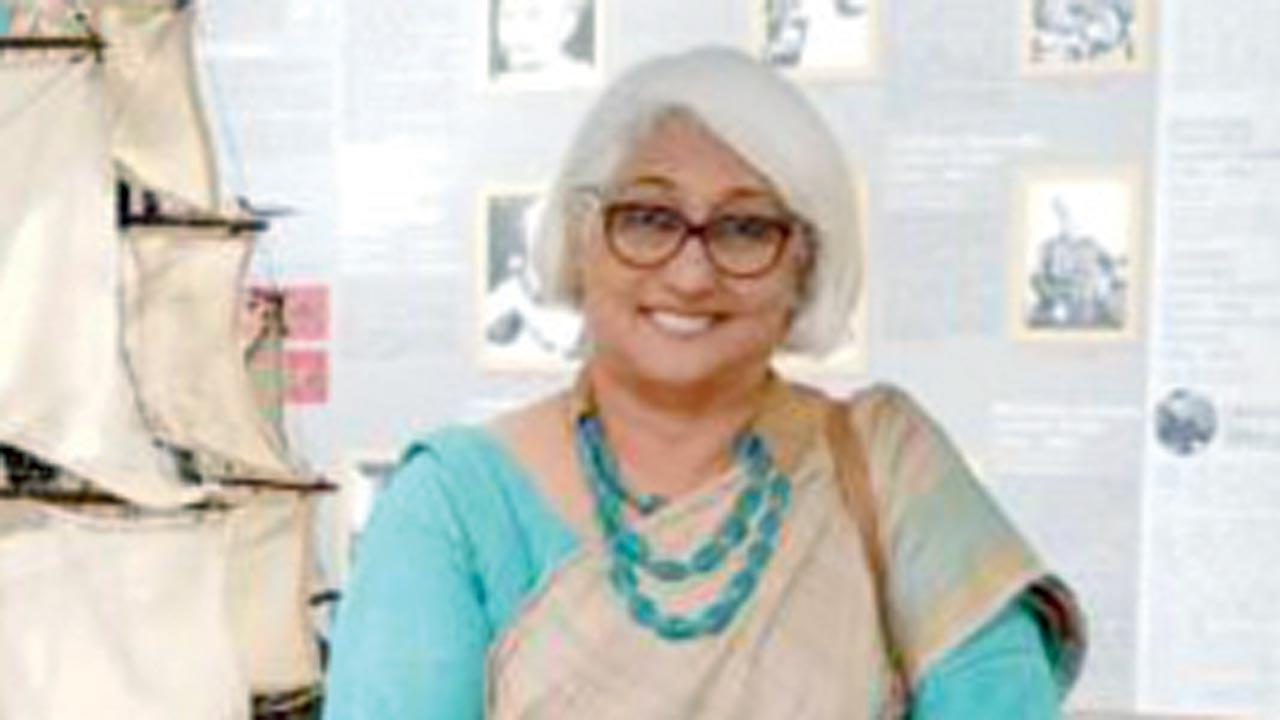 Fleur D’Souza, author and former HOD-History, St Xavier’s College
Fleur D’Souza, author and former HOD-History, St Xavier’s College
Sorpotel, fugia and vindaloo stewed in the kitchens, albeit a version different from the Goans, but the customs were adapted to keep the kernel of north Konkani culture alive. “Garlands of fresh flowers are offered at my altars daily,” says Ferriera, “and a lamp burns all day long. The brides wear dark green bangles on their wedding day. There is the ritual of umbracha paani where the bride is taken to the village well to draw water. Mango leaves are steeped in it, and she takes a bath with this after her haldi ceremony, just before the nuptials.”
Wadis (orchards and farmlands) and large tracts of common hold farm land were taken away—legally by the Urban Land Ceiling Act of 1976 and not so legally—from the East Indians for the development of the city, pushing the original inhabitants into tiny hamlets at the heart of Bandra, Kalina, Vasai, and Mahim. The Act’s purpose was equitable distribution of land to subserve the “common good”, but it has been quite the opposite
for East Indians.
“My father’s ancestral home was separated from that of his cousins by the community fields of Sahar village, which everybody tilled,” says Dias. “Part of the international airport and the Air India colony rose there. The community had no real concept of money then. They ate what they grew, and clothes were sown at home. With no investments, they could not buffer that loss. With mouths to feed, my grandfather worked as a watchman in a nearby factory.”
Fleur cites the example of the Misquitta family who owned large expanses of land at Vile Parle, 180 acres of which was acquired by the government at a return rate of R1 per square yard. “During WWII, 1,100 acres of land was acquired for what became Sahar airport. Despite promising to do so,” she says, the land was never returned to the original owners.” She quotes from a letter received from the Secretary of the Revenue Department, Government of Bombay, at the time of acquisition of these tracts in 1942, “It is not the intention of the Government to deprive the people of their homes or places of worship. The land acquired, if not in use, will be given/released to the original owners.” Fleur fears that with privatisation of airports, these lands may be used for hotels, carparks, convention centres and other money spinners.
Every East Indian we spoke to is as proud of being the original steward of this land, as s/he is dismayed by the lack of recognition, even among neighbours. When Ferriera thought of serving traditional East Indian meals at his bungalow, his neighbours—some of whom have lived next to his family for generations—asked “Aren’t you from Goa?” “East Indian food is subtle—not spicy as in some parts of south India, nor oily like north India,” says Ferreira, “Goan food uses vinegar; while we use vinegar and a bit of kokum. The bottle masala, unique to each household, is made up of 28 spices, and 20 to 30 different dishes can be made out of it.” His kitchen makes breads such as fugias and chitiaps, khimat (a spiced drink made out of country liquor) and homemade wines.
As recently as 30 years ago, East Indians remember idyllic villages, over which now squat McDonalds, KFCs and Café Coffee Days. “We had a wadi in Gorai, with coconut, tadgola and mango trees,” says Ferreira, “tappers would come in the morning and we’d get fresh toddy for breakfast. I can’t quite describe what it tasted like; nothing today comes close to it.”
Dias remembers chickoo, tamarind and gulmohar flowers scattered on the mud path of Kalina. “There were at least five wells, and the village children swam in them,” he says. The home of his maternal grandparents in Thane was no different. “The paths were only wide enough to let tongas [horse drawn carriage] pass. The cottages were so close together that we could jump from garden to garden while playing chor-police,” he remembers.
Names of these gaothans come from their Konkani or Marathi names. “Kole Kalyan which is the valley of kole or kolah [jackals] became Kalina,” says Dias.
“Vankola, the jungle of jackals, became Vakola.”
The Portuguese were more concerned about guarding the harbour than building a city. “Most forts were built by them,” informs Lambah. “INS Angre is a prime example of Portuguese architecture, with men in traditional hats and pantaloons flanking the doorway, and a sundial inside. The Bombay fort, then named Casa da Orta [after the nobleman who leased the island from the crown] was one of the first forts built by the Portuguese, then there’s Vasai Fort and St Andrews church in Bandra.”
In the ‘80s and ‘90s, there was a backlash against Christians and “the youth could only get jobs as courier boys and waiters,” says Dias. “Then they went on ships, as part of the hospitality staff. Eventually, there was an exodus to Australia, Canada and the USA, and lately, New Zealand, where they continued to work in hospitality”
The year is 2022 CE. Mumbai is entirely occupied by glass-clad skyscrapers and glistening shopping malls. Well not entirely! One small village of indomitable East Indians still holds out against the invaders—Khotachiwadi.
First known a Native Town, Khotachiwadi nestled within Girgaon, was home to Pathare Prabhus and East Indians. Its narrow lanes are still lined by houses built in the Portuguese style. Ferriera has been bringing attention to its heritage value for 25 years to fend off those who would convert the prime property into a concrete wasp colony.
“It’s a bit upsetting to not be recognised as the original inhabitants of Mumbai,” he rues. “Even the Bhau Daji Laud museum, which has statuettes depicting the communities of Mumbai, doesn’t represent East Indians. No restaurant in the city serves East Indian cuisine.”
Through heritage walks, his design studio, homestays and art pop-ups, Ferriera is trying to keep the interest in Khotachiwadi going. “There is no incentive from the government to preserve the buildings. Our neighbours have been replacing wooden windows with iron-and-glass sliding ones.” He has been picking up as much of the typical furniture and other objects as he can. “My 3BHK flat in Boisar is stuffed with it.”
Alphi D’Souza, state Sarpanch of Mobai Gaothan Panchayat, assumes about five lakh East Indians live in Mumbai and Vasai today. “We try to hold food festivals and bazaars where we can exhibit our culture, customs and traditions,” he says. “A wooden cabin in Manori, on land leased by the Theresa Fernandes family, serves as a museum. People from the community have donated old cooking vessels, grinding stones, mud pots, and artefacts. The traditional Lugra [nine yard saree] has made a comeback, and women are wearing it at celebrations. Two or three people have started fresh production of these in Santa Cruz and Uttan. The men are also wearing shirts made out of Lugra.”
Dias is reviving drinks made by his maternal grandmother Bertha Azevedo under the label The Good Catlick, using organic ingredients—ginger ale, plain and spiced apple cider, coconut brew and four fruit cider.
“The Bombay East Indian Association and the Mobai Gaothan Panchayat, among others, are rallying the community together,” says Fleur. “A dictionary of commonly used words has been published. Food festivals, song competitions, celebrations of festivals such as Agera [the harvest festival] and Introz [before Lent] keep some cultural traditions alive.” Gaothan Voice, a monthly bulletin, shares news and views on everything East Indian.
Besides being the first citizens of Mumbai, an East Indian had proposed Home Rule as early as 1900. Joseph Baptista, aka Kaka Baptista founded the Home Rule League with Bal Gangadhar Tilak in 1916. A garden on Mazagaon hill is named after him, as is the museum in Manori.
Bain D’Souza graduated in the first batch of independent India’s IAS. He served as the city’s municipal commissioner and state chief secretary. Journalist Olga Valladares was one of the first chroniclers of Bombay History, and Marcellus Gomes was in the hockey team that represented India in the 1984 Summer Olympics.
Alphi speaks for every East Indian when he says, “We welcomed everybody with open arms, without discrimination and suffered the most in the bargain. We lost our land.”
5L
Approx. number of East Indians in Mumbai & Vasai
This article is part of Mid-day's Mumbai Konachi? series that looks at those who played a critical role in building Bombay.
Read earlier pieces from the series here:
 Subscribe today by clicking the link and stay updated with the latest news!" Click here!
Subscribe today by clicking the link and stay updated with the latest news!" Click here!







